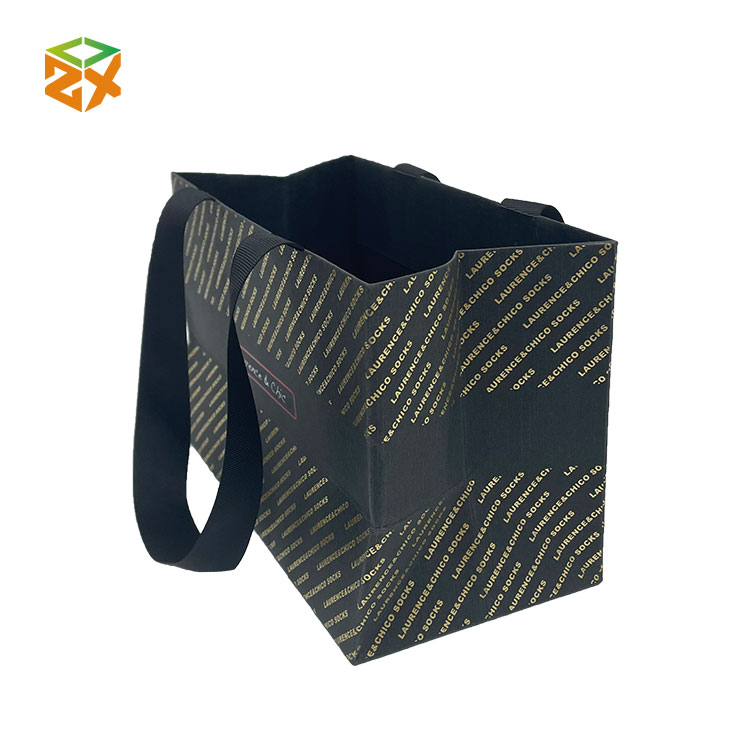Analyze the reasons why paper packaging bags are popular
2024-06-20
Paper packaging bags have gained significant popularity across various industries due to a combination of environmental, economic, and practical reasons. Here are the key factors contributing to their widespread use:

1. Environmental Benefits
- Biodegradability: Paper bags are biodegradable, breaking down naturally without causing long-term environmental harm.
- Recyclability: They can be easily recycled, reducing the demand for new raw materials and minimizing waste.
- Sustainability: Made from renewable resources like wood pulp, paper bags have a smaller carbon footprint compared to plastic bags, which are derived from non-renewable petroleum.
2. Consumer Preference
- Eco-Friendly Image: Increasing consumer awareness about environmental issues has led to a preference for eco-friendly packaging. Companies using paper bags can enhance their brand image by aligning with sustainable practices.
- Aesthetic Appeal: Paper bags often have a more premium and natural look, which can be appealing to consumers and add perceived value to the products they carry.
3. Regulatory Support
- Government Policies: Many governments have implemented bans or restrictions on single-use plastic bags to combat pollution, encouraging the use of paper bags as an alternative.
- Incentives for Sustainability: Some regions offer incentives for businesses that adopt sustainable packaging solutions, further driving the popularity of paper bags.
4. Versatility and Functionality
- Customizability: Paper bags can be easily customized with different sizes, shapes, colors, and printing options, allowing businesses to create unique and branded packaging.
- Strength and Durability: Modern paper bags are designed to be strong and durable, capable of carrying a variety of goods without tearing or breaking easily.
- Food Safety: Paper bags are safe for food packaging, providing an effective barrier against contamination and maintaining the freshness of the products.
5. Economic Considerations
- Cost-Effectiveness: While the initial cost of paper bags might be higher than plastic, the long-term benefits, including recyclability and consumer preference, can make them more cost-effective.
- Reduced Waste Management Costs: Since paper bags are biodegradable and recyclable, they reduce the costs associated with waste management and landfill use.
6. Marketing and Branding
- Enhanced Brand Visibility: Custom printed paper bags serve as mobile advertisements, increasing brand visibility and recognition.
- Positive Brand Association: Companies that use paper bags are often seen as environmentally responsible, which can enhance brand loyalty and attract eco-conscious consumers.
7. Innovation and Technological Advances
- Improved Manufacturing Processes: Advances in paper production and bag manufacturing have led to stronger and more versatile paper bags.
- Barrier Properties: Innovations have improved the barrier properties of paper bags, making them suitable for packaging perishable and moisture-sensitive products.
8. Cultural and Social Trends
- Shift Towards Minimalism: The minimalist trend favors simple, natural, and eco-friendly packaging solutions, aligning well with the characteristics of paper bags.
- Community Support: Local and small businesses often prefer paper bags to differentiate themselves from larger corporations and appeal to community values.
Conclusion
The popularity of paper packaging bags can be attributed to their environmental benefits, consumer preference, regulatory support, versatility, and economic advantages. As sustainability becomes an increasingly important consideration for both consumers and businesses, the demand for paper bags is likely to continue growing, driven by ongoing innovations and a global shift towards more eco-friendly practices.


